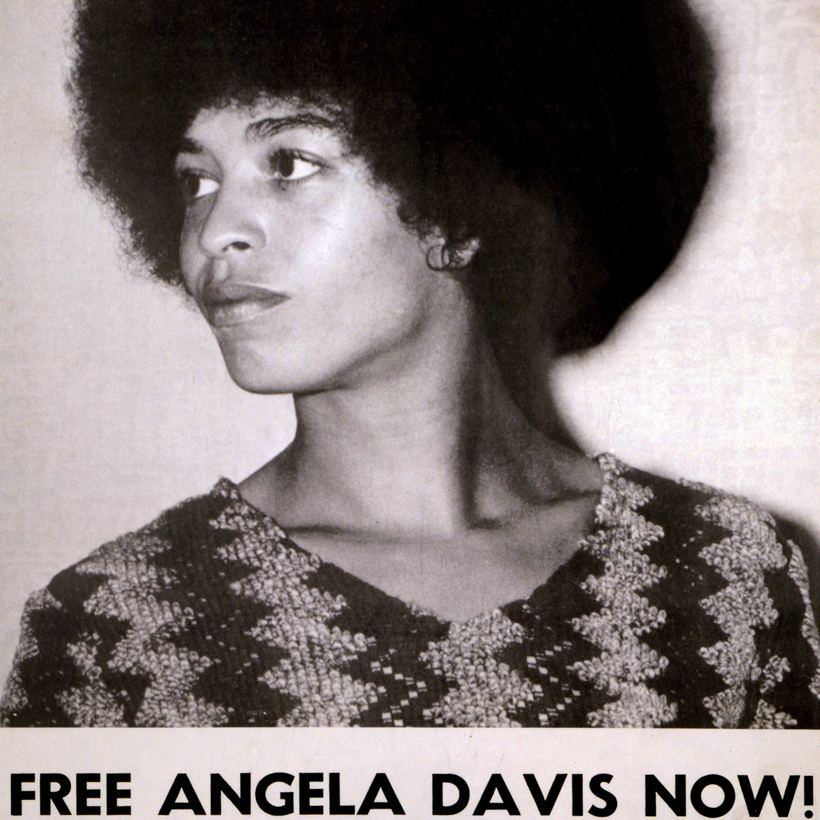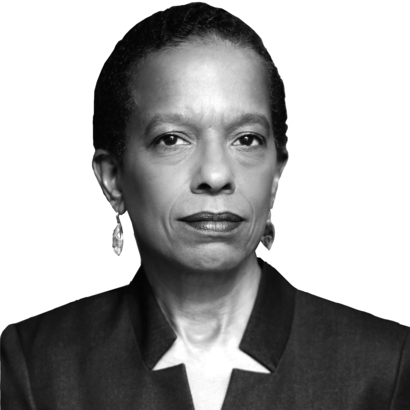“Soul of a Nation: Art in the Age of Black Power 1963–1983” is an extraordinary exhibition that features work from mostly African-American artists. After opening at London’s Tate Modern in 2017 and making stops at the Crystal Bridges Museum of American Art in Bentonville, Arkansas, the Brooklyn Museum in New York City, and the Broad Museum in Los Angeles, the show opened at San Francisco’s de Young Museum on November 9. The San Francisco exhibition includes an expanded selection of works by artists with connections to that city and the Bay Area.
Of all the images in the show, the one that inspires me the most is Wadsworth Jarrell’s beautiful 1972 portrait of Angela Y. Davis, entitled Revolutionary (Angela Davis). The image of Angela Davis stands out for me not just because we share the same name and both grew up in segregated Alabama during the 1950s, but because she inspired and influenced my path during a critical stage of my life.

When I first learned about Angela Davis, we didn’t share a name. I was Angela Jordan then—14 years old and living in Phenix City, Alabama. I remember the “Colored” and “White” signs on public bathroom doors and water fountains. I remember being driven home in a police car at the age of nine because I had the audacity to ride my bike on a sidewalk in a white neighborhood. Other memories are too numerous and painful to recount, but I was still more fortunate than Angela Yvonne Davis, whose neighborhood was regularly attacked by white racists and and who was friends with two of the four young girls lost to the 1963 Birmingham church bombing.
Free Angela Davis
It was 1970 when I first heard about a black woman named Angela Davis from Birmingham who was wanted by the F.B.I. on murder charges. The first time I saw her was on the black-and-white F.B.I. wanted poster that featured two grim images of her. After she was arrested, activists across the country and around the world organized to secure her release, and the “Free Angela” movement was born. I learned that she was a brilliant professor, a radical feminist, and a civil rights activist associated with the Black Panther Party. I wanted to join the movement to free this brave black woman, but, needless to say, there were no chapters in Phenix City, Alabama.
One of my older sisters, who had long since moved north for college, sent me a “Free Angela” poster. It was dark red with a stamped image of Angela Davis speaking into a microphone. It could not compare to Wadsworth Jarrell’s bright, colorful painting, but seeing Jarrell’s image reminded me of my old poster. That poster hung on my wall until the red color faded and the edges were curled and tattered—long after the jury had acquitted Angela Davis of all charges.
The first time I saw Angela Davis was on a black-and-white F.B.I. wanted poster.
I later moved north to attend college and law school. In 1981, I married Howard Davis and took his last name, never thinking once about the fact that I would have the same name as the woman whose image had hung on my bedroom wall throughout my high-school years. After law school, I became a public defender in Washington, D.C., representing poor people charged with crimes. At that time, sharing the name of the famous activist was of no moment.

But later, when I became a law professor, author, and advocate for criminal justice reform, the confusion began. I began to do a lot of public speaking and other work to end mass incarceration, right around the time the famous Angela Davis founded the Critical Resistance movement and focused her efforts on ending the prison-industrial complex—an issue that she had worked on for many years. We don’t look alike, but not a week goes by when someone does not mistake me for the woman on whose shoulders I stand. We share a name and a birthplace, and we both work hard to end mass incarceration, but that is where the comparison ends. I am not worthy of being compared to the brilliant and brave scholar, activist, and visionary who inspired me to pursue the life that I am now blessed to live.
I am grateful to Wadsworth Jarrell for the beautiful image of my shero, Angela Yvonne Davis. She continues to inspire me every day.
Angela J. Davis is a law professor at American University, the author of Arbitrary Justice: The Power of the American Prosecutor, and the editor of Policing the Black Man: Arrest, Prosecution, and Imprisonment


